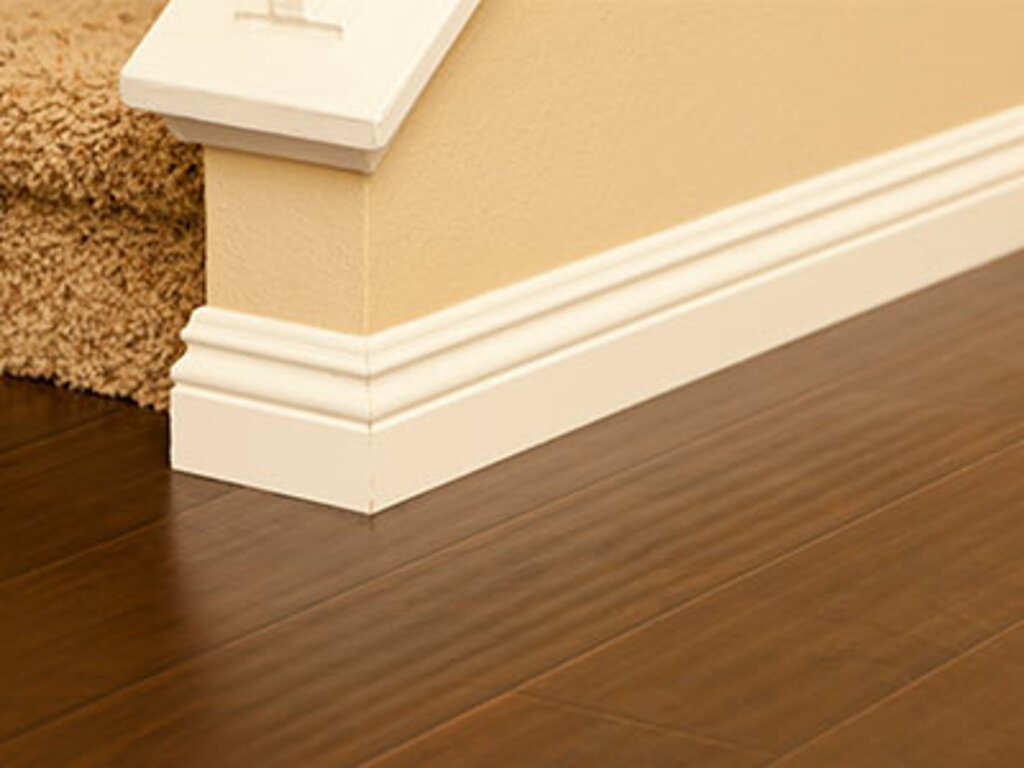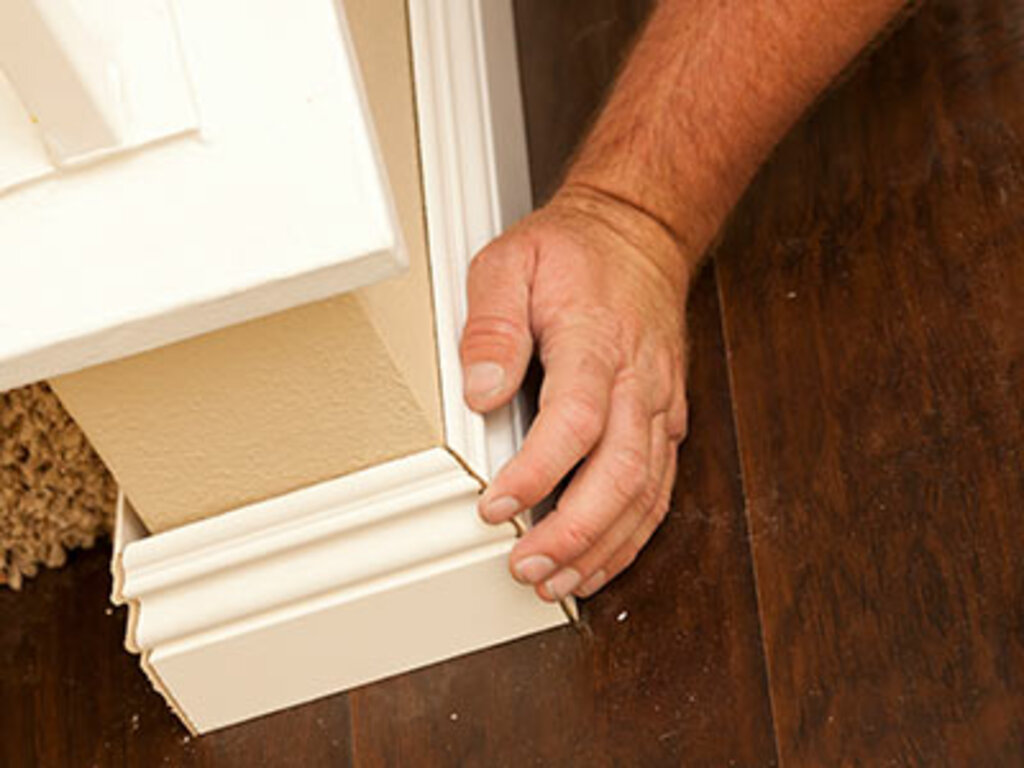Why are Skirting Boards Necessary?
 Skirting boards are narrow strips of wood or other materials that are installed along the bottom of a wall. The main purpose of skirting boards is to cover the joint between the wall and the floor, providing a clean and polished look to the room. They also serve to protect the lower portion of the wall from damage caused by furniture, vacuum cleaners, and other household items.
Skirting boards are narrow strips of wood or other materials that are installed along the bottom of a wall. The main purpose of skirting boards is to cover the joint between the wall and the floor, providing a clean and polished look to the room. They also serve to protect the lower portion of the wall from damage caused by furniture, vacuum cleaners, and other household items.
However, there has been some controversy surrounding the necessity of skirting boards. Some argue that they are essential for creating a finished look in a room, while others believe that they are outdated and unnecessary. There are also concerns about the maintenance and cleaning of skirting boards, as they can often accumulate dust and dirt in hard-to-reach areas. Despite the debate are the skirting boards necessary, they remain a common feature in many homes, serving both practical and aesthetic purposes.
Pros of skirting boards
Skirting boards offer a plethora of benefits for a home. Firstly, they provide a layer of protection for walls, helping to prevent damage from everyday wear and tear such as scuffs and scratches. Additionally, skirting boards can conceal uneven surfaces between the floor and the wall, creating a seamless and polished look in a room. This not only adds to the aesthetic appeal of a space but also increases the overall value of the home. Another advantage of skirting boards is their ability to provide insulation and improve energy efficiency. By closing the gap between the floor and the wall, skirting boards help to keep drafts out and maintain a consistent temperature in a room, ultimately lowering heating and cooling costs. In conclusion, skirting boards are a practical and stylish addition to any home, offering both functional and visual benefits.
Cons of skirting boards
While skirting boards may add a finished look to a room, also come with their fair share of cons. One major downside is the cost. Skirting boards can be quite expensive, especially if you opt for high-quality materials or intricate designs. Additionally, there is also the added cost of installation, which can further drive up the overall expense. Another disadvantage is the maintenance required to keep skirting boards looking their best. They often need regular cleaning and repainting to prevent them from looking worn and dirty.
Furthermore, skirting boards offer limited design options. While they may come in various shapes and sizes, there are not many design choices available, which can limit the overall aesthetic appeal of a room. Lastly, skirting boards have the potential to collect dust and dirt. Because they are located at the base of the wall, they can easily accumulate dust, dirt, and pet hair, requiring frequent cleaning to maintain a tidy appearance. Overall, while skirting boards may have their benefits, it is important to consider these cons before deciding to install them in a home.
Types of skirting boards
 There are several types of skirting boards to choose from, each offering a unique look and functionality. One common type is the traditional wooden skirting board, which is a classic choice that adds a warm and natural aesthetic to the room. Wooden skirting boards are available in various wood species, such as oak, pine, and walnut, and can be stained or painted to match the decor.
There are several types of skirting boards to choose from, each offering a unique look and functionality. One common type is the traditional wooden skirting board, which is a classic choice that adds a warm and natural aesthetic to the room. Wooden skirting boards are available in various wood species, such as oak, pine, and walnut, and can be stained or painted to match the decor.
Another popular option is MDF (medium-density fiberboard) skirting boards, which are a more affordable alternative to solid wood. MDF skirting boards are easy to install, come in a variety of profiles and styles, and are a great choice for those looking for a cost-effective solution. For a more modern and sleek look, PVC skirting boards are a good choice. These materials are durable, easy to clean, and come in a range of colours and finishes to complement any design scheme.
For those who prefer a minimalist and seamless finish, shadow gap skirting boards create a contemporary and subtle look by leaving a small gap between the wall and the floor. Ultimately, the type of skirting board you choose will depend on your personal style, budget, and the overall design of the room. Regardless of the type, skirting boards not only provide a decorative touch but also protect the bottom of the walls from damage and conceal any gaps or uneven surfaces between the floor and the wall.
Alternatives to skirting boards
Skirting boards have long been a staple in interior design, but there are several alternatives that can offer a more modern and unique look. One alternative to traditional skirting boards is wall base trim, which is a narrow strip of trim that is installed at the base of the wall. This option creates a clean and seamless look and can be painted or stained to match the wall or flooring.
Another alternative is using painted or wallpapered baseboards, which can add a pop of colour or pattern to the room. This option allows for more creativity and personalisation, making it a great choice for those who want to add a unique touch to their space.
A third alternative to skirting boards is using tile or stone baseboards, which can add a touch of luxury and sophistication to a room. These materials are durable and easy to clean, making them a practical choice for areas with high foot traffic or moisture. Additionally, tile or stone baseboards can be a great way to tie in the flooring with the rest of the room, creating a cohesive and polished look. Overall, there are many alternatives to traditional skirting boards that can add a fresh and modern touch to any space. Whether using wall base trim, painted or wallpapered baseboards, or tile and stone baseboards, these alternatives can offer a unique and stylish alternative to the standard skirting board.